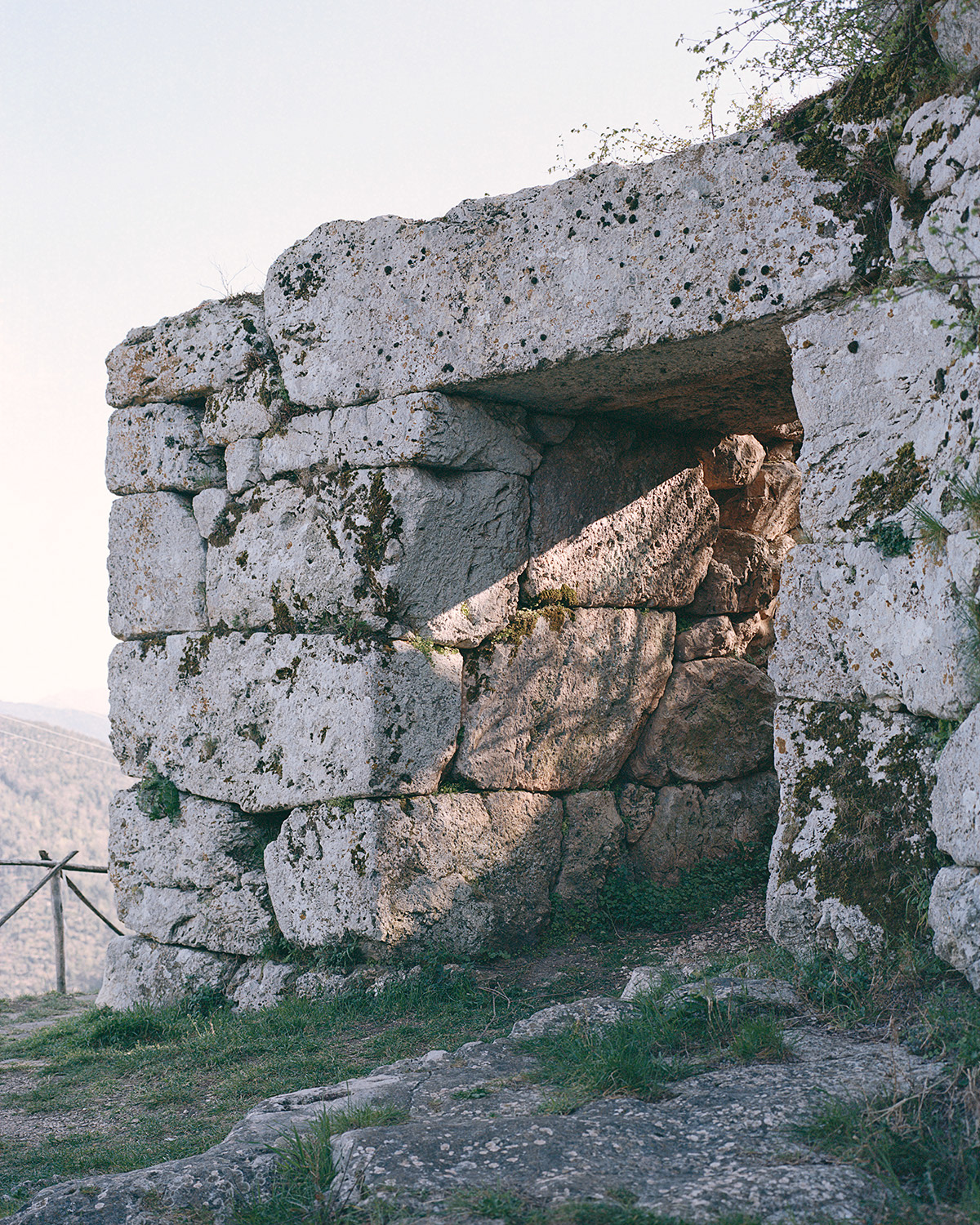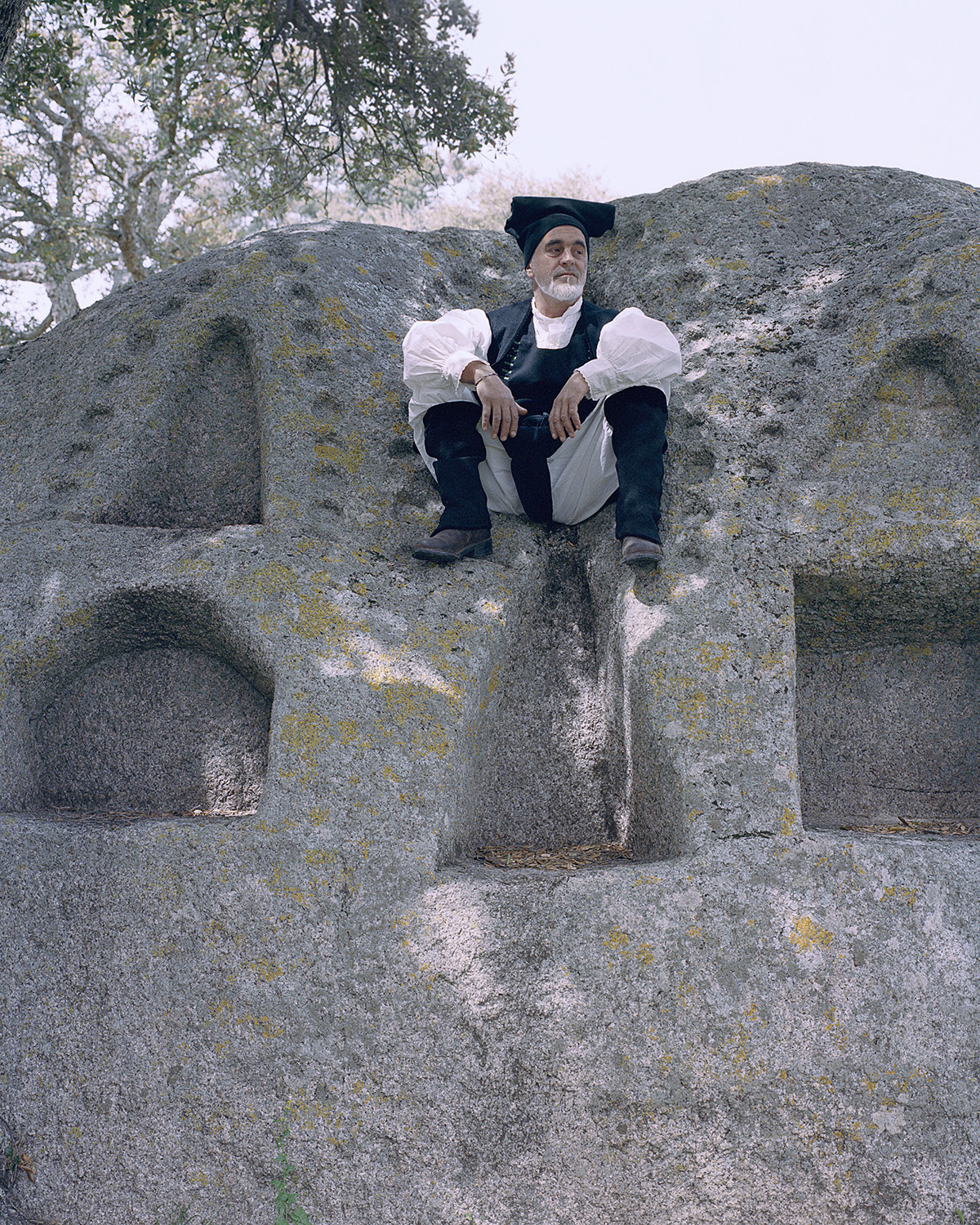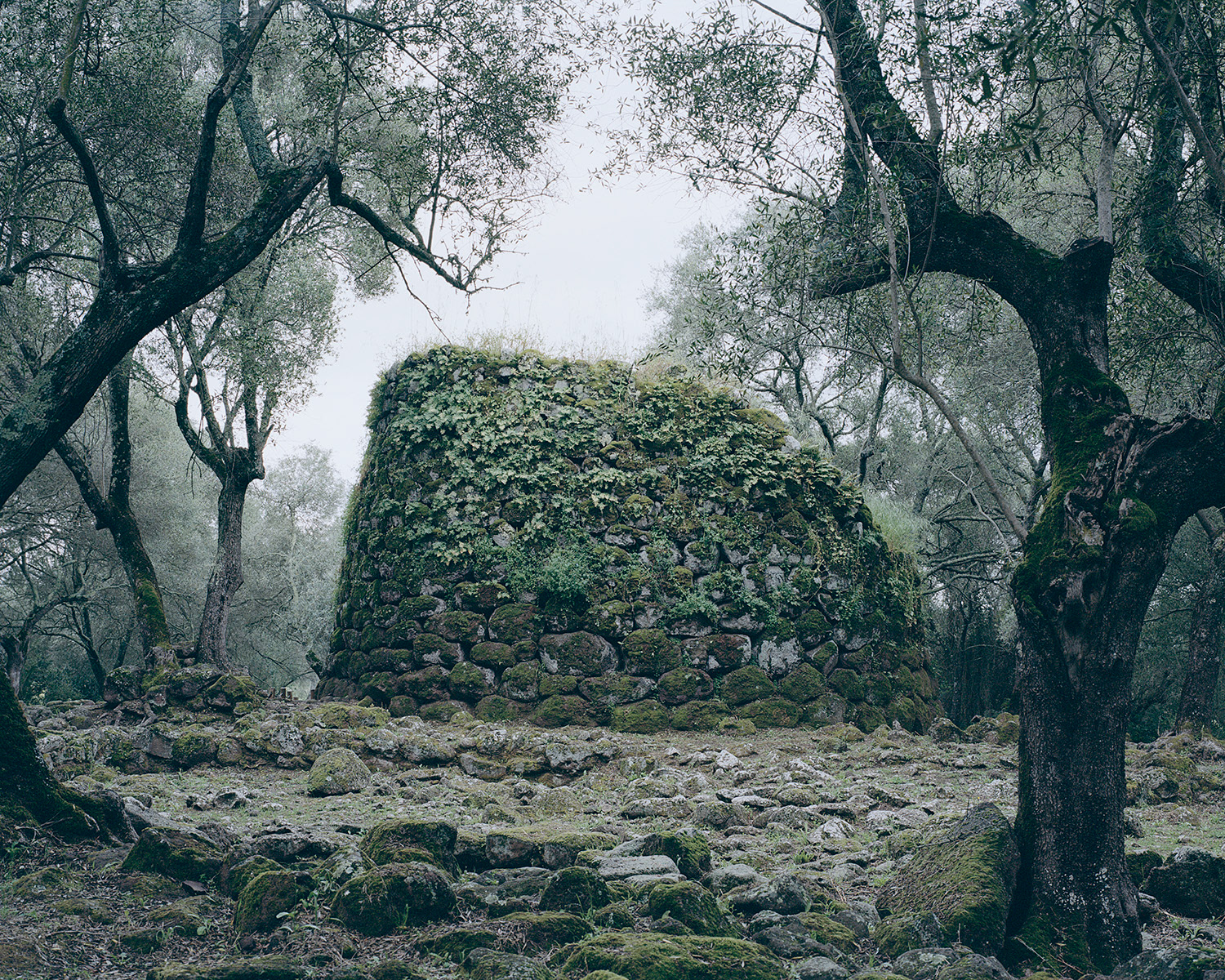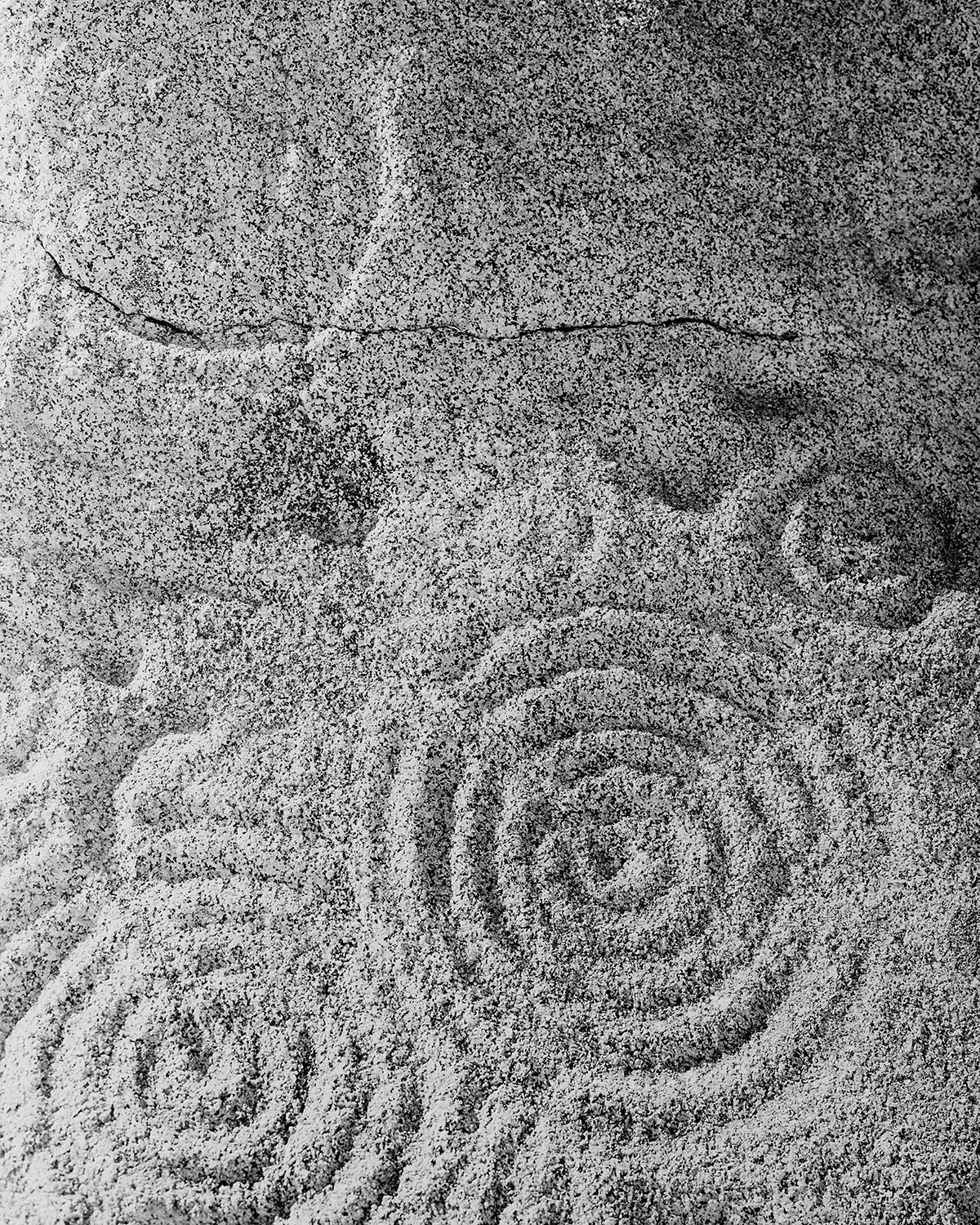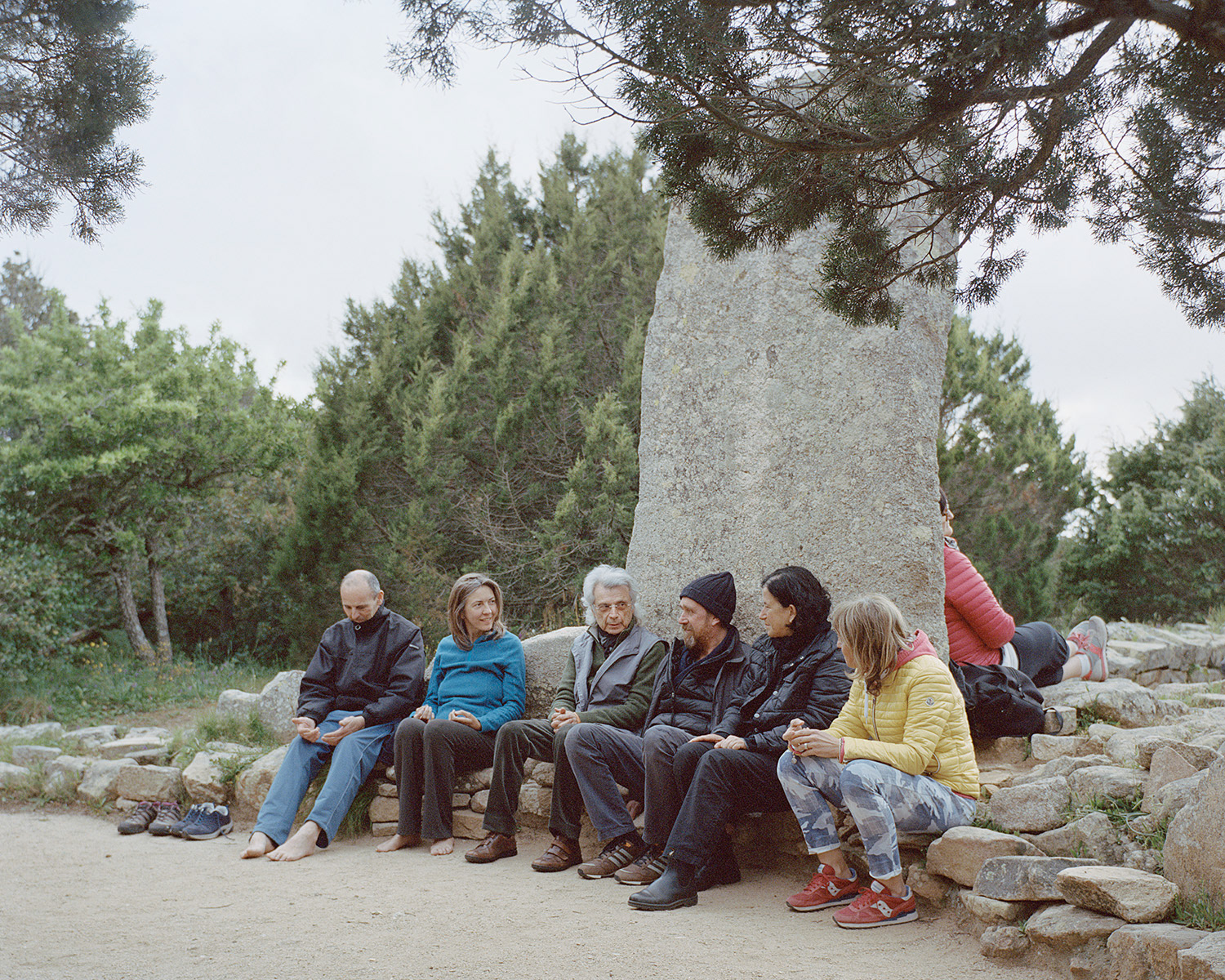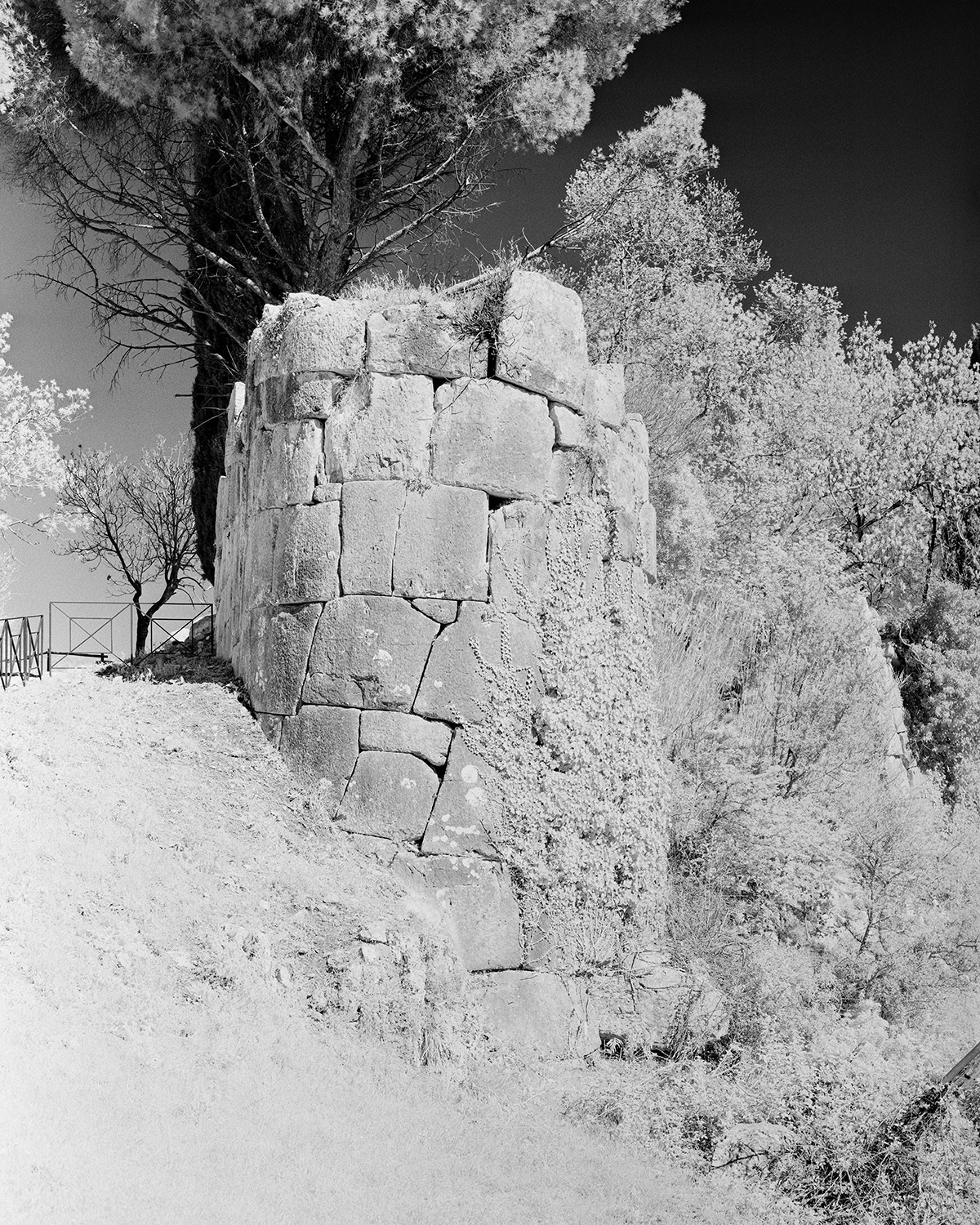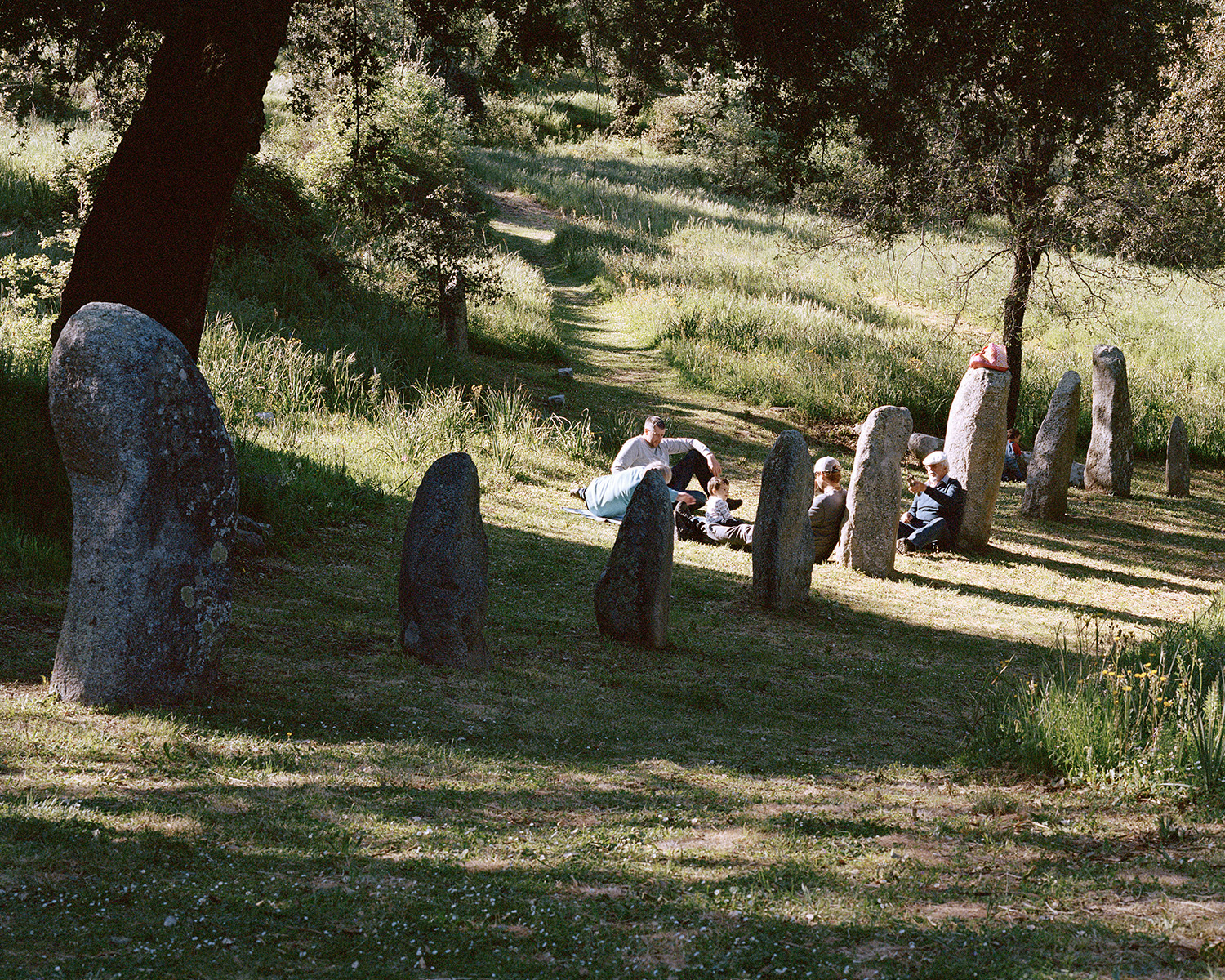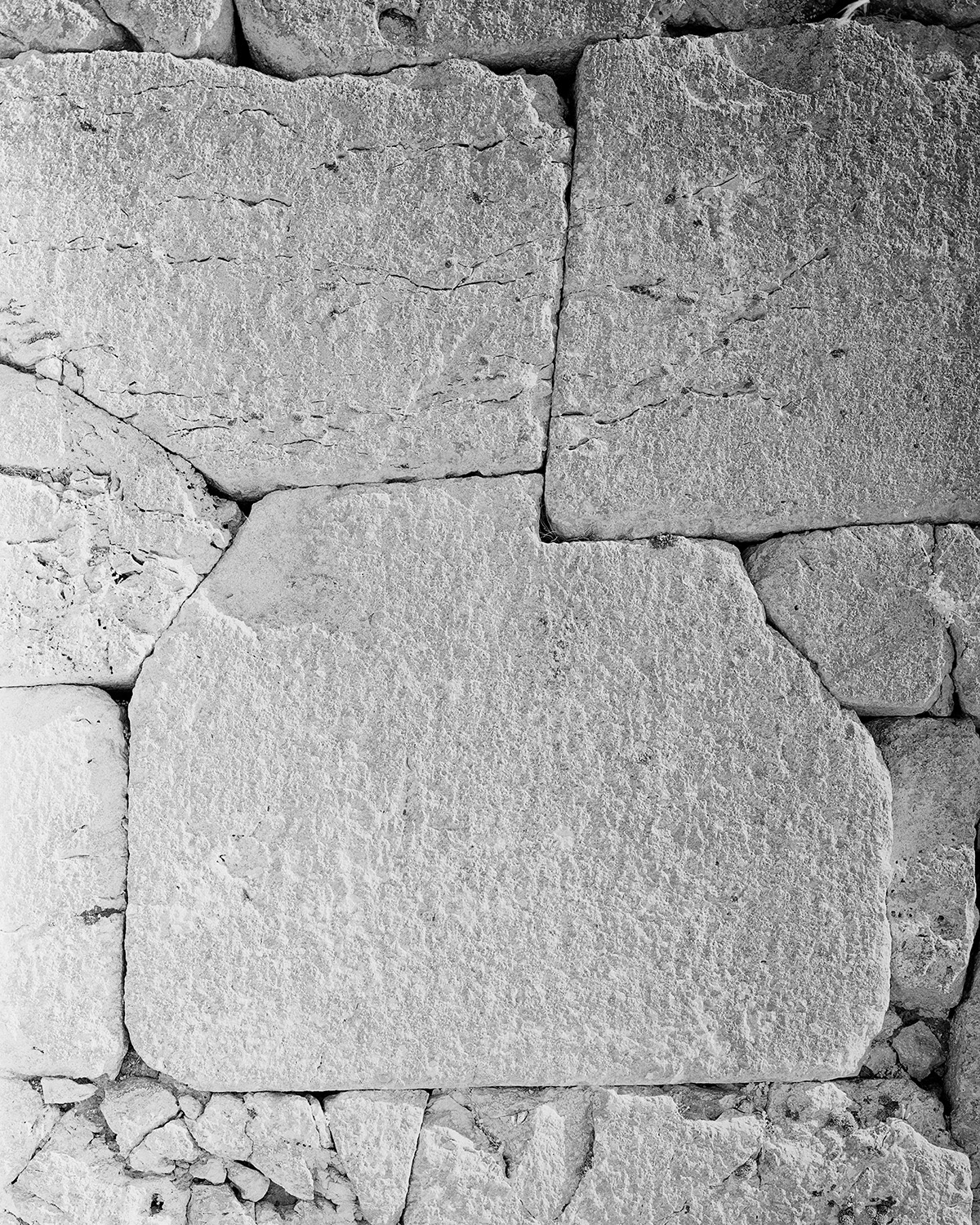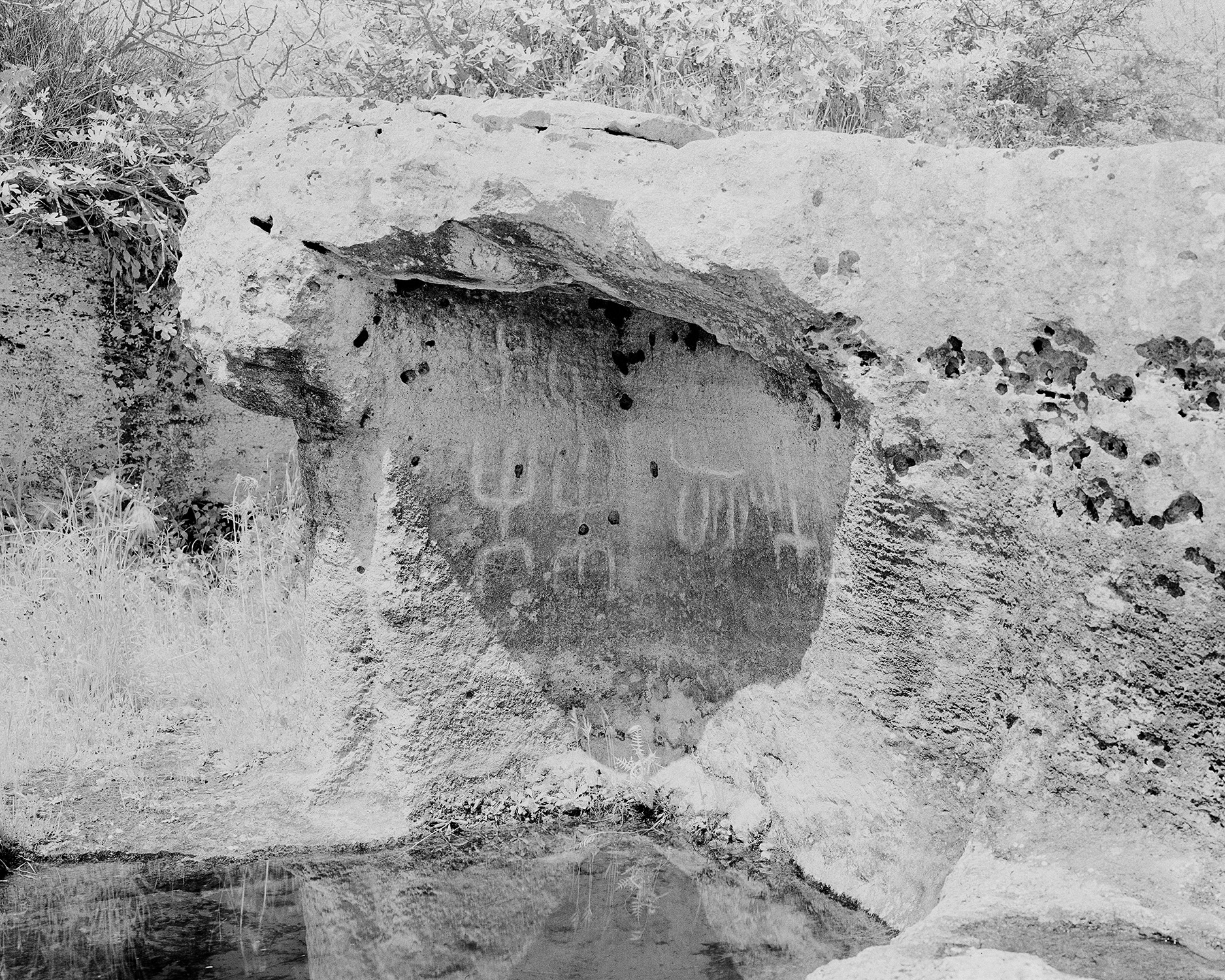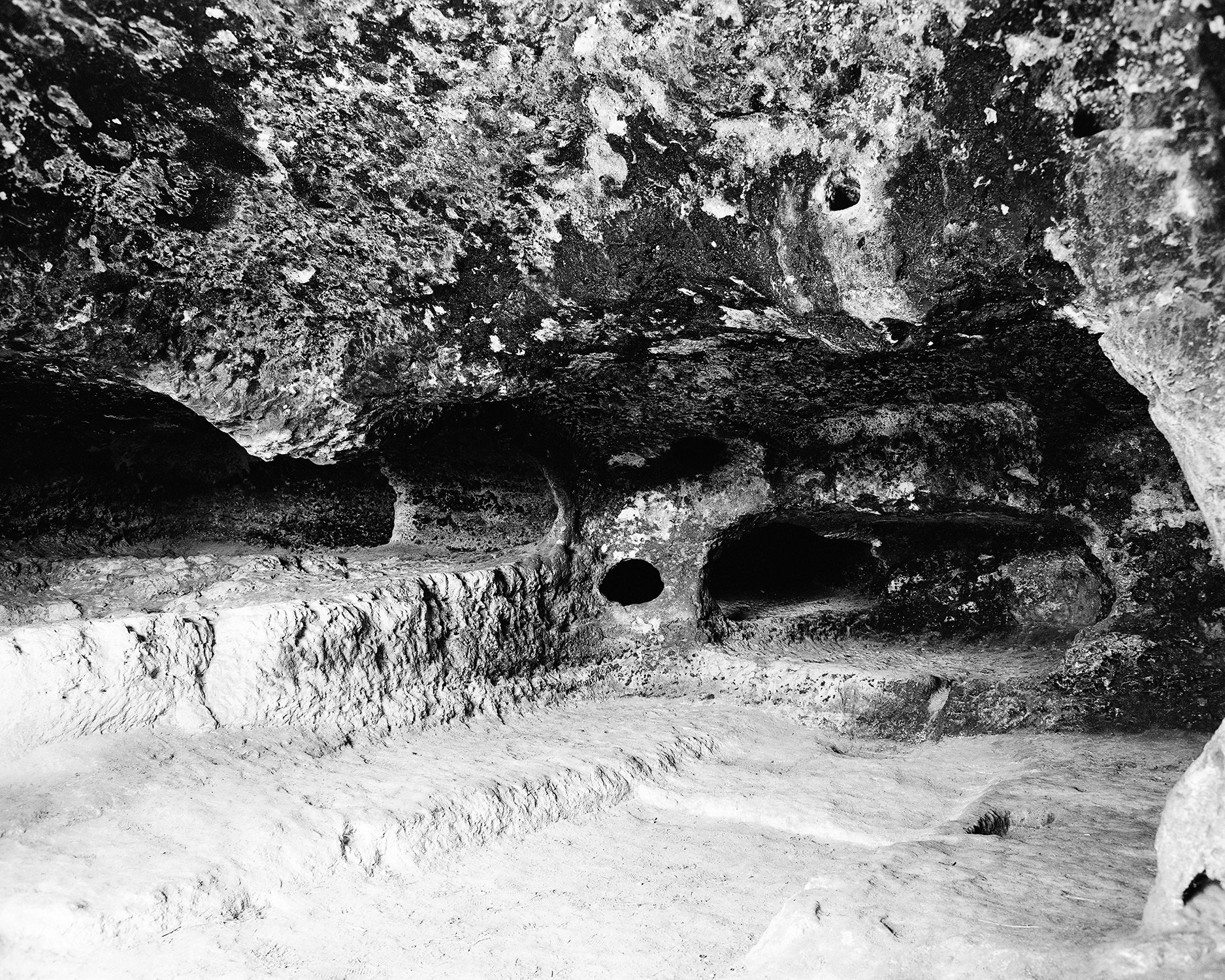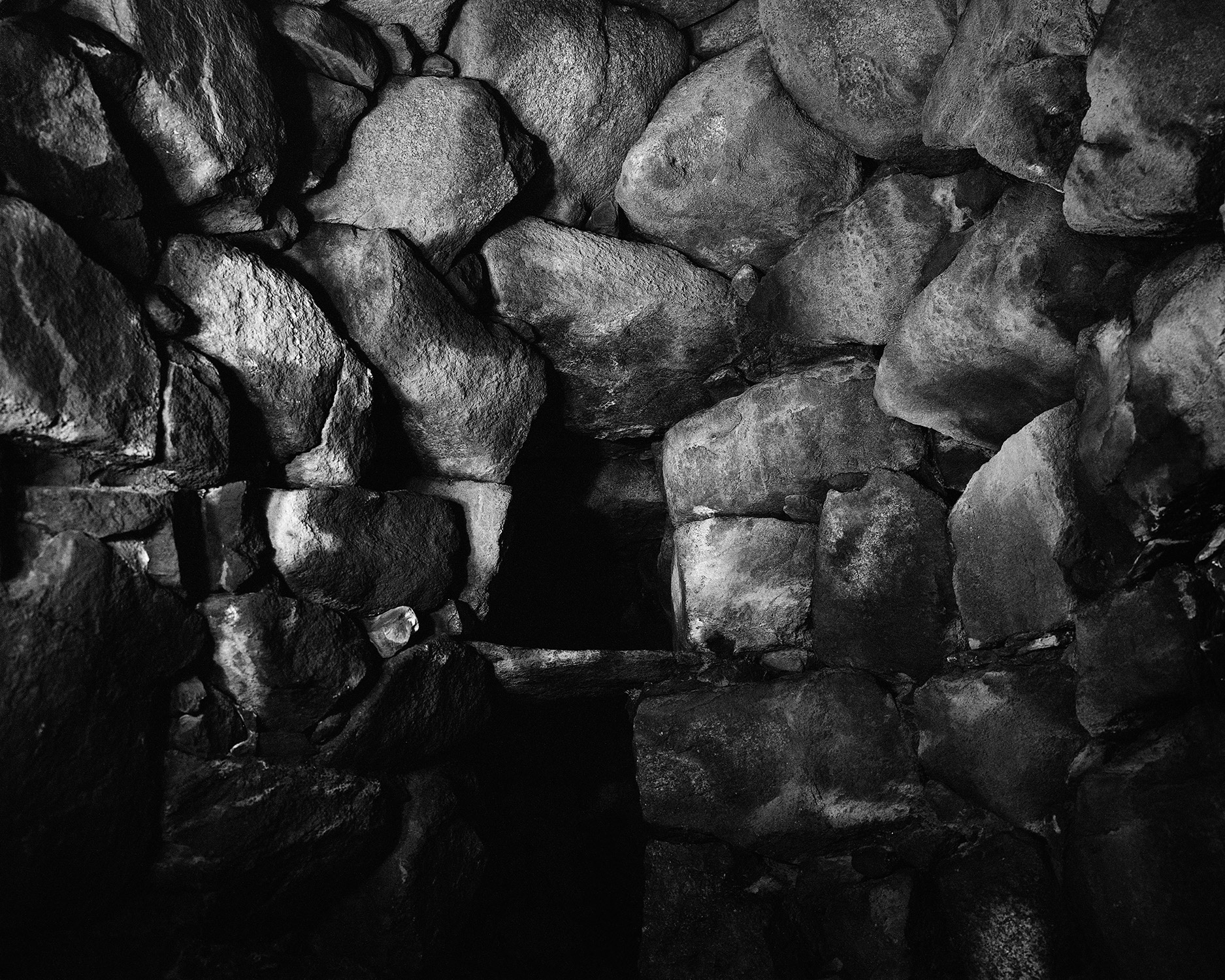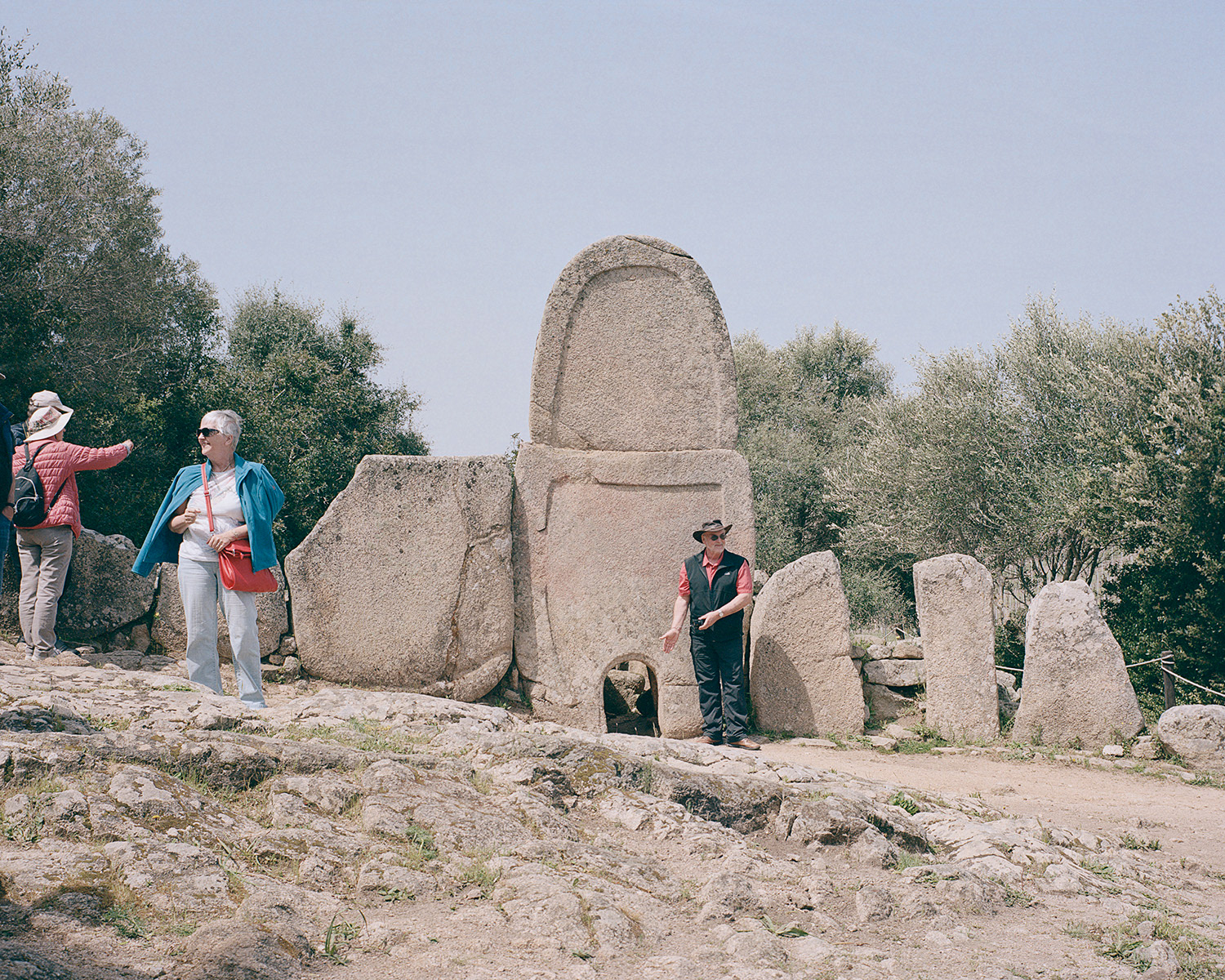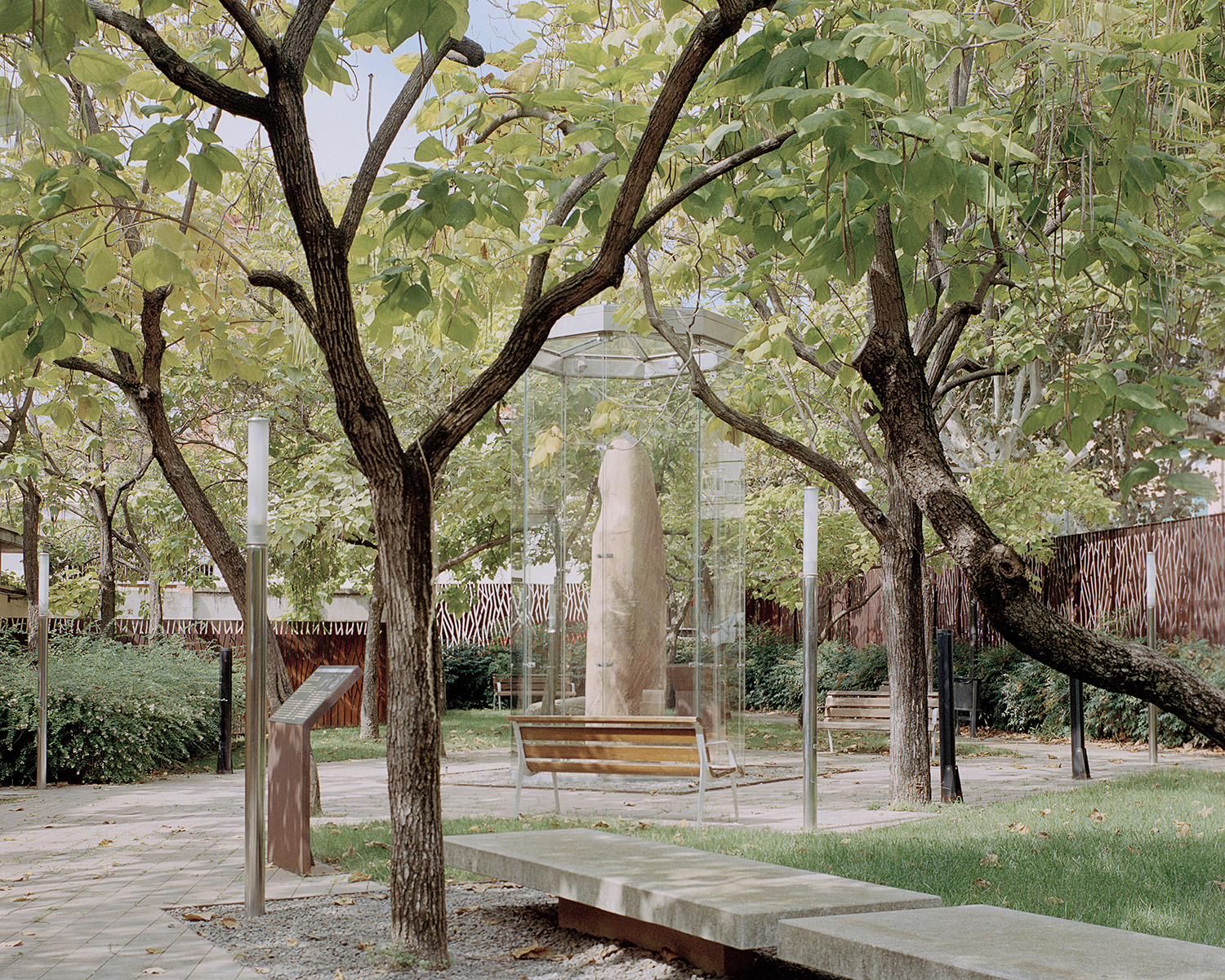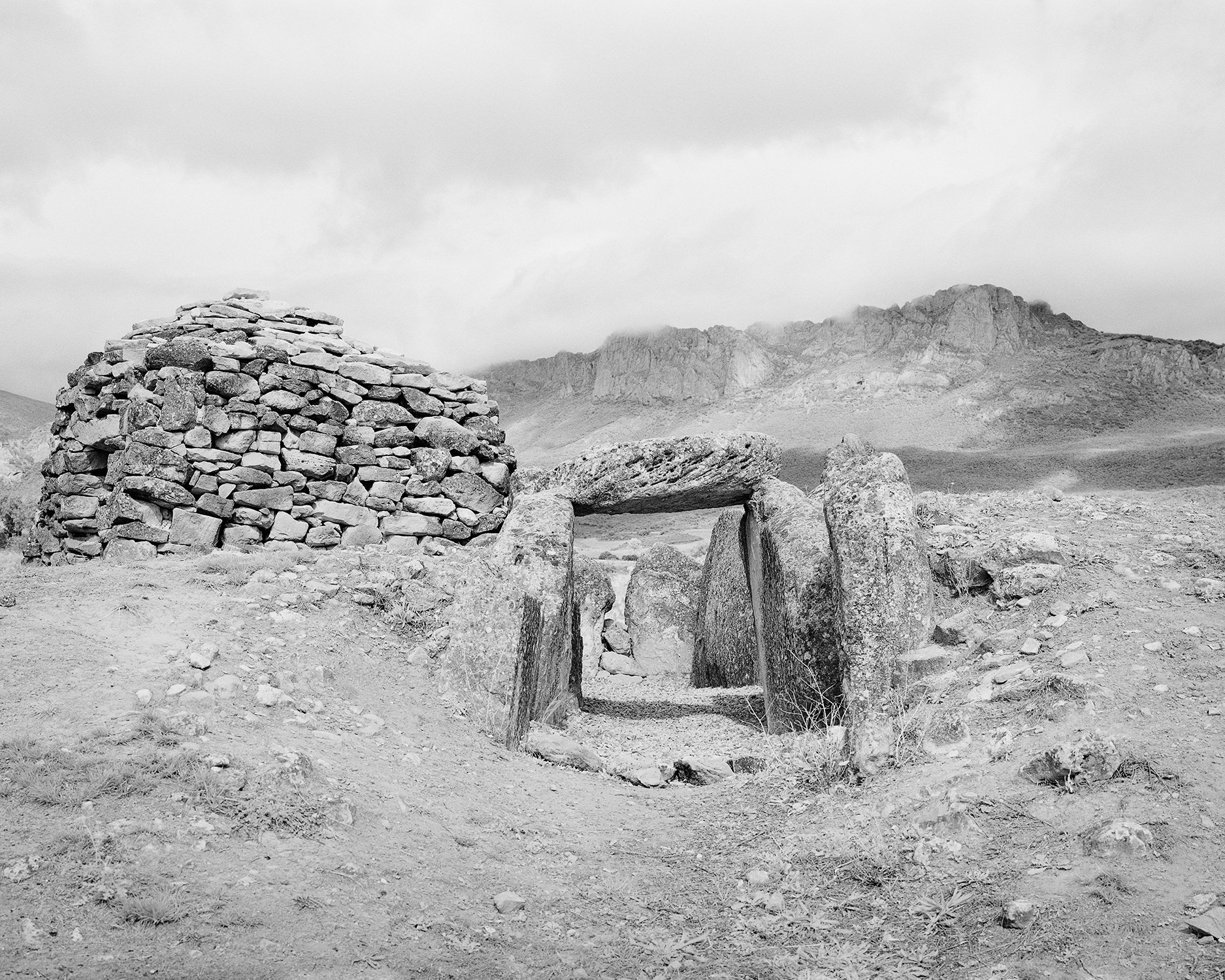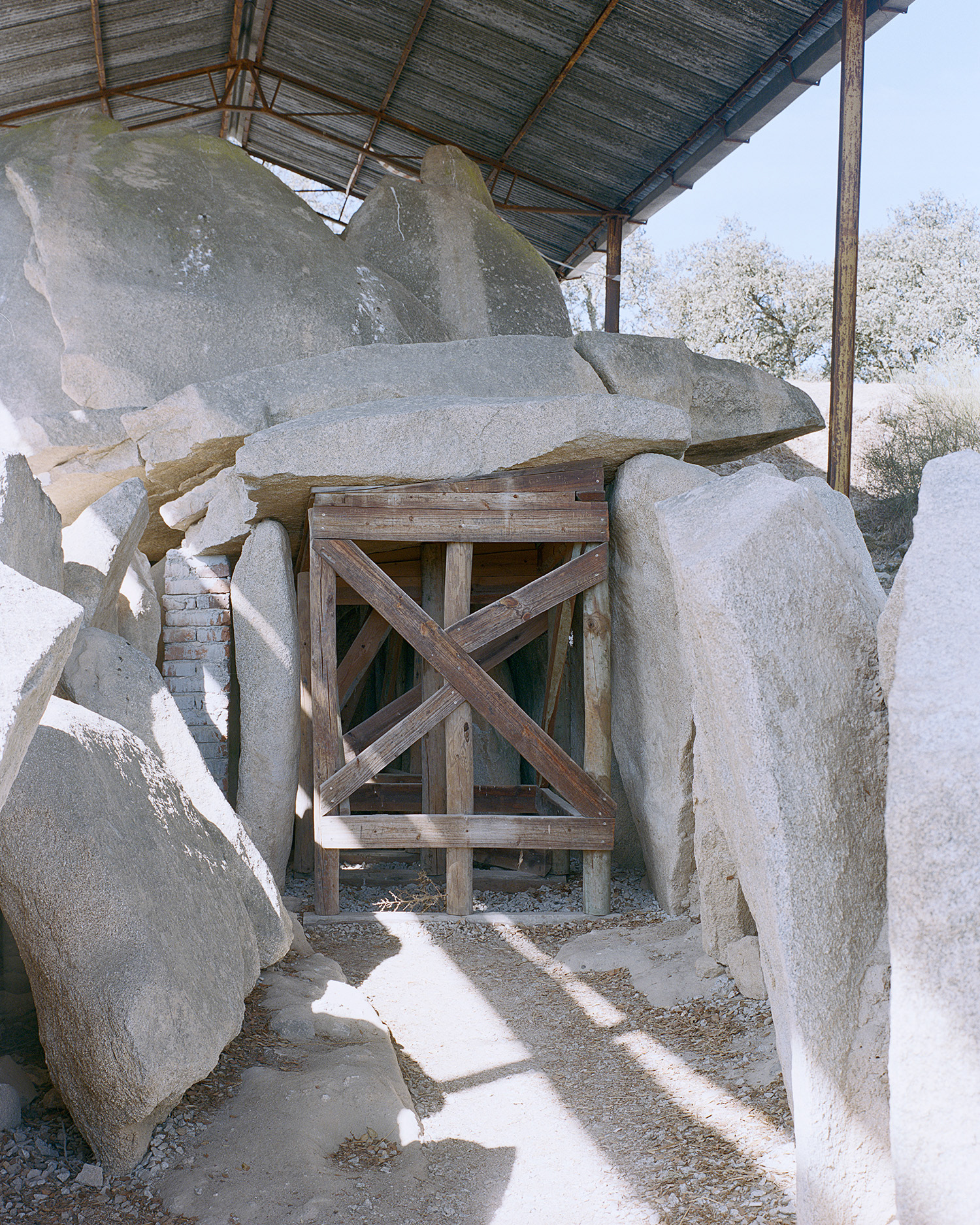Megaliths are the most ancient architectural works to be present on several different areas of the world. The best known are located in the Americas and the Middle East and are visited by millions of people every year. On the other hand, few are aware of the richness of prehistoric structures on the European continent: beyond the famous and (over)exploited tourist destinations, from Stonehenge to Carnac, we can eventually find a startling network of archaeological sites throughout the continent that refers to ancient cultures and civilizations. There are numerous European areas with a large concentration of megalithic complexes that have continued for millennia to live off the map, in close contact with local communities, and have developed a sort of syncretic relationship with the environment and its inhabitants. In most cases, archeology and classical studies have not been able to give a complete explanation of the origins of these structures, nor of their function. There are many questions that still remain unanswered and that contribute to creating the charm and mystery that often surrounds such sites and monuments. What is sure is that megaliths aren't just silent relics from the dawn of the human civilization and it is perhaps for this reason that they have increasingly become interesting for several (sometimes opposing) disciplines. While on the one hand the last few decades have seen a revived academic curiosity about the subject thanks to new and surprising archaeo-disciplines, on the other hand these structures have in recent times become mystical destinations for rituals and contemplative practices.


